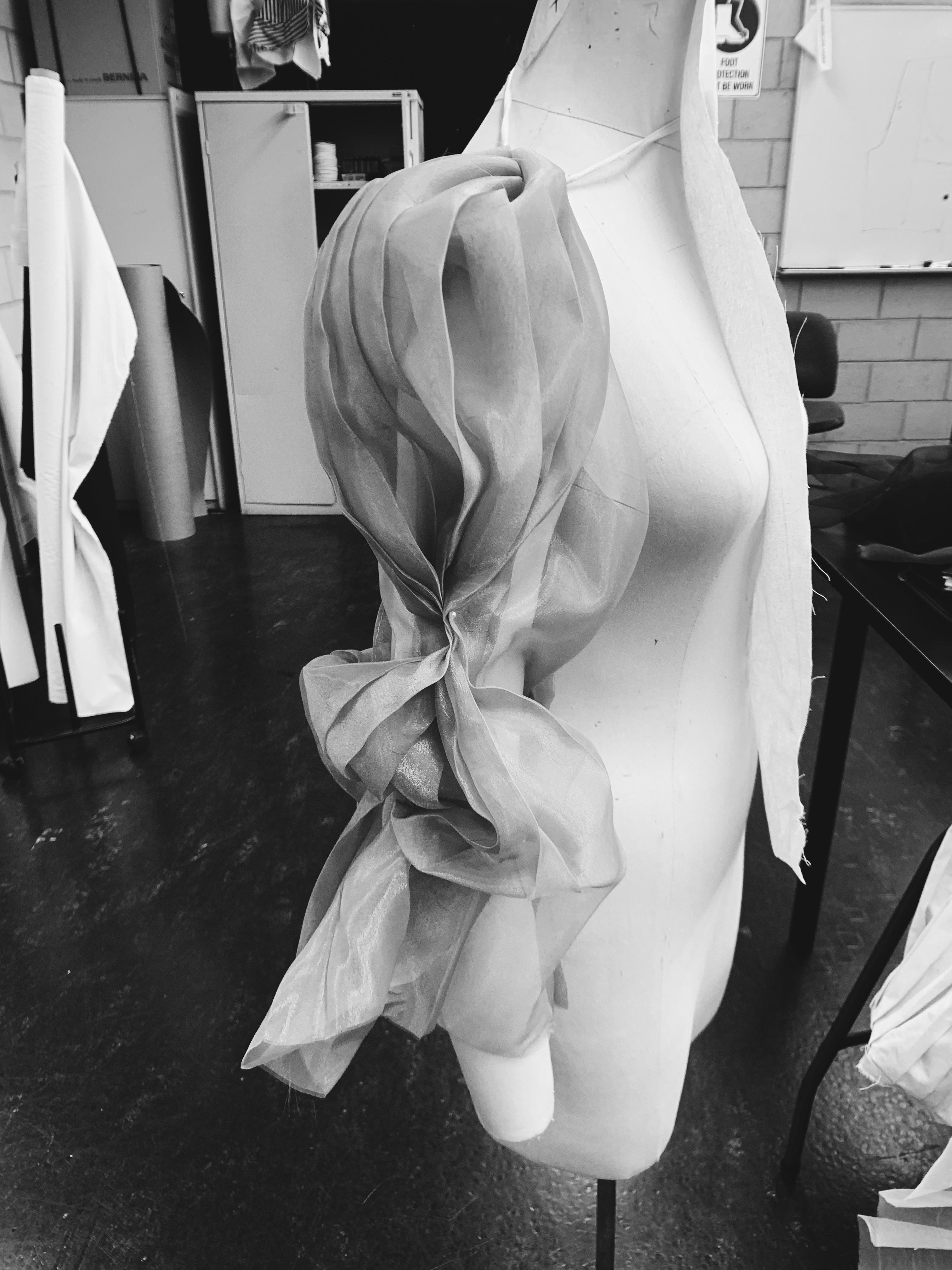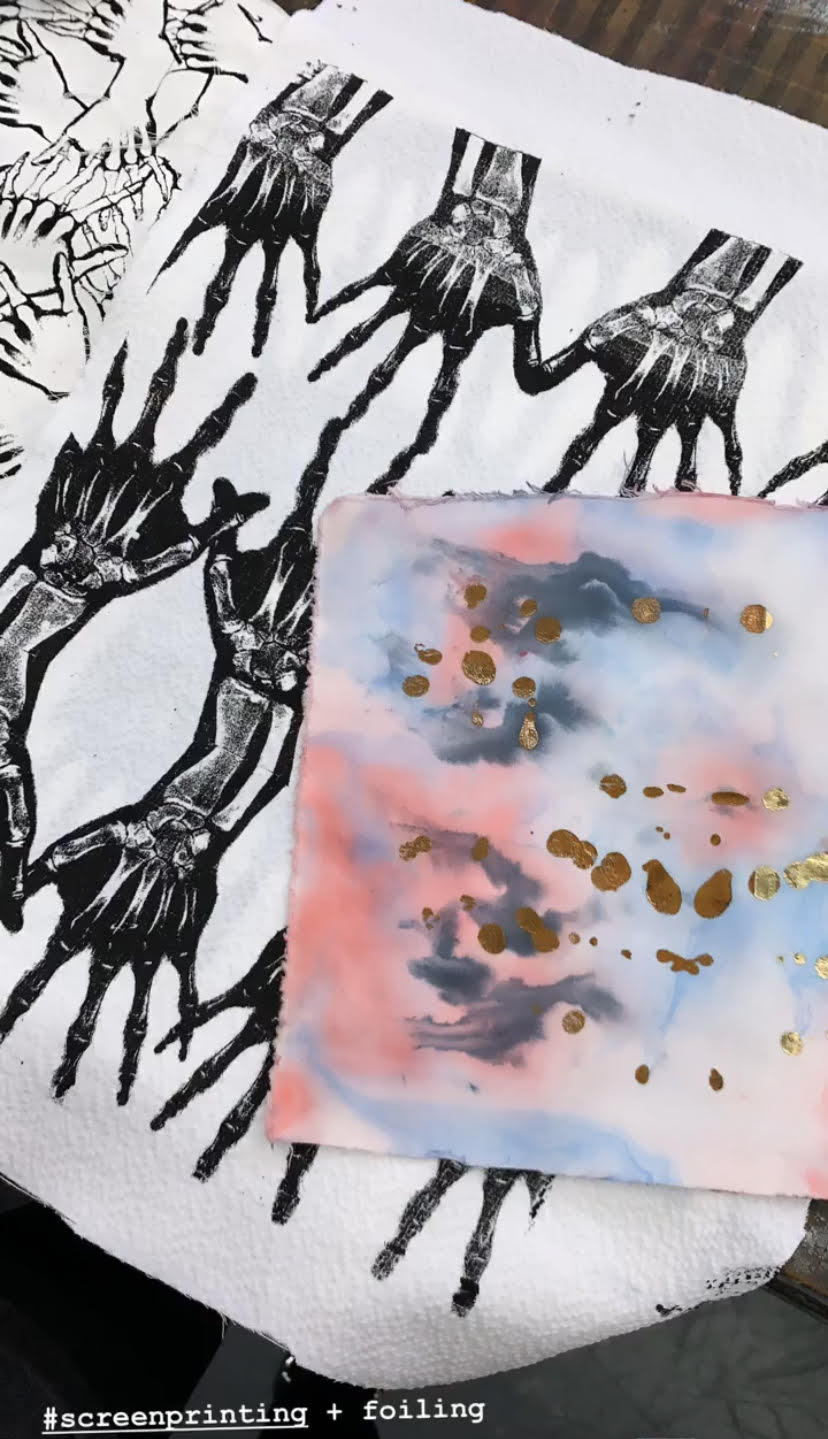
GOALS
Growing up in Zimbabwe I was not exposed to fashion in comparison to other parts of the world. However, I was fortunate to travel, and through this, my interest in fashion began. I soon realized that while African nations were involved in the textiles and manufacturing industries, they were never regarded at the forefront of fashion. (Now however there are many African designers being recognized💓) Being of African and Asian descent, vibrancy, culture, and tradition are engrained in the very fibres of our traditional wear. The richness of my culture has always given me a unique perspective on clothing. And so, over the years as my passion grew, so did my pride in my heritage and my desire to use fashion as a tool to express culture. African and Indian clothes tend to only be worn for special occasions, but I would like to create pieces that can be celebrated daily. Another aim is to use fashion as a tool to express and address important societal issues, such as celebrating gender equality and fluidity through androgynous lines. Something that both my cultures are unfortunately not the most understanding of, yet. I understand that some may view fashion through a specific lens, however, like any other art form, it has the ability to transcend and convey strong messages. Clothing cannot only be used to communicate messages visually but arm the wearer with confidence and a way to express themselves no matter where they come from, who they are or how old they are.
REFLECTIONS
Designing collections and pieces is an incredibly long process from ideation to completion. I used to believe to be a successful designer I had to be amazing at every stage including sewing and pattern making. While I may not be the best at every stage of the process, I am okay at them but I do have an extremely high level of understanding of them. Going forward I know my strengths within the process and I can leverage those. I know my weaknesses and can find people to work with who have that expertise, and now I know, that wouldn't make me any less of a designer. When I come across obstacles I will pivot and reframe the problem and find a solution. I don't have to be the best sewer or pattern maker I can have partners who possess those qualities. Creating and coming up with designs and marketing are my strengths and with time and practice I can learn to get better at the practical aspect but I don't have to limit myself or not try because I'm not strong with those aspects of design.
SUMMARY
Towards the end of 2015, I enrolled at South Metropolitan TAFE. It was heavy on the technical aspect of fashion and intense considering my lack of experience, however, at least I was being taught how to sew and assemble garments. There wasn’t much designing or illustration which I had hoped for but I was in a much better position than I had been several months ago. The classes were long and challenging and it definitely was not coming to me naturally. Of course, I wanted to put in more extra hours but this was not feasible considering I would need to rush to university after classes finished. About a year into studying fashion I realized that I was doing “okay” at fashion. Although I was learning, I wasn't retaining much because I didn't have spare time to practice sewing and ingrain what I learned. Because of this, I decided to attend part-time and focus on the more theory-based units and then target the more hands-on ones, once I completed my business degree. Doing fashion with my lack of experience was not going to get me anywhere. I had expressed a bit of frustration to someone when they asked if I could draw a design because I actually had never been taught to draw so far at school. This is when I heard about North Metro TAFE - another school that offered textiles in addition to design classes. In 2019, upon completion of my degree, I transferred to NM Tafe. Here, I was challenged and pushed because all aspects of the design were covered, it was fun and hard, and everything in between. I took an illustration class and multiple textile classes and loved them more than the actual designing and assembling classes. I was taught various techniques on how to design textiles and was allowed to explore, make mistakes, and turn mistakes into something worthy of a lecturer's praise. Additionally, I met three amazing tutors who were supportive and understanding. One of my fears and weaknesses was patternmaking, and yet, all the difference it took was for me to have a lecturer who cared about her students and allowed extra time out of class to help!
